11 Enchanting Birch Tree Varieties to Transform Your Landscape
Birch trees, with their distinctive white bark and elegant silhouettes, stand as elegant sentinels in diverse landscapes across the world.
These captivating trees are renowned for their unique aesthetic appeal and remarkable adaptability to various environmental conditions.
Native to cool temperate and boreal regions, birch trees represent a fascinating group of deciduous trees that enchant gardeners and landscape enthusiasts with their stunning visual characteristics.
Their delicate leaves and paper-like bark create a mesmerizing backdrop in gardens, parks, and natural woodlands.
Birch varieties range from small ornamental specimens to towering forest giants, providing immense versatility for landscape designers and nature lovers.
Gardeners and landscaping professionals appreciate these trees for their ability to thrive in different soil types and climatic zones.
Landscape enthusiasts can choose from approximately eleven stunning birch tree varieties that can transform outdoor spaces into picturesque botanical displays.
Yellow Birch (Betula alleghaniensis)
Yellow birch captivates landscapes with its impressive height of 50 to 80 feet, making it a standout shade tree in USDA zones 3 to 7.
Distinctive bark peels away in enchanting yellow-bronze hues, creating year-round visual interest.
Fall brings a magical transformation as golden leaves paint the tree in warm tones.
North American woodlands benefit from this species, which provides critical habitat for songbirds and small mammals.
Delicate catkin clusters dangle from branch tips, measuring 2½ to 4 inches long and adding elegant texture.
Pollinators find sanctuary among its branches, drawn by the tree's natural charm.
Wildlife appreciates the abundant food sources this tree offers throughout seasonal changes.
Nature lovers will marvel at how yellow birch seamlessly blends beauty and ecological importance in forest ecosystems.
Paper Birch (Betula papyrifera)
Paper Birch captivates nature lovers with its stunning white, peeling bark that dramatically stands out during winter months.
Towering between 45 and 100 feet, this majestic tree boasts a graceful rounded silhouette that commands attention in any landscape.
Delicate drooping catkins emerge in spring, adding elegant texture to single or multi-trunk designs.
Fresh spring green leaves gradually transition to rich dark green foliage spanning 2 to 4 inches long.
Native to northern regions of USA and Canada, Paper Birch thrives in moist soil conditions that support its robust growth.
Wildlife enthusiasts appreciate its ability to attract beautiful butterflies like the Eastern Tiger Swallowtail.
Ecological benefits include enriching butterfly gardens and enhancing rain garden environments.
Youngs Weeping Birch (Betula pendula Youngii)
Young's Weeping Birch captivates gardeners with its compact size, reaching only 6 to 12 feet tall in perfect harmony for smaller landscapes.
Graceful branches cascade dramatically, creating a stunning visual display that transforms any outdoor space.
Versatile and adaptable, this dwarf Silver Birch thrives beautifully in USDA hardiness zones 3 to 9, welcoming gardeners from various climates.
Landscape designers appreciate its unique weeping style that adds dramatic interest without overwhelming surrounding areas.
Charming and elegant, this tree brings sophisticated woodland character to compact gardens and tight spaces.
Its delicate form creates natural movement and visual intrigue with minimal maintenance requirements.
Birch enthusiasts will love how this small tree delivers maximum aesthetic impact in limited areas.
Cherry Birch (Betula lenta)
Cherry birch, a resilient tree species, rises 40 to 70 feet tall and stands strong against Bronze Birch Borers in USDA hardiness zones 3 to 8.
Shiny red-brown bark attracts attention year-round, offering a unique visual appeal to landscapes.
Wildlife finds sanctuary in its branches, with birds resting and feeding on its seeds while deer, moose, and rabbits graze among its foliage.
Monarch butterflies and Mourning Cloak moths rely on this tree for survival, contributing to local ecosystem health.
Native to eastern North America, cherry birch plays a crucial role in supporting endangered species conservation.
Fall brings a spectacular display of yellow leaves, adding seasonal drama to gardens and natural spaces.
Ecological importance makes this tree more than just a visual delight for nature enthusiasts.
Bog Birch (Betula pumila)
Bog birch stands out as a resilient North American native that conquers challenging soil conditions with remarkable ease.
Dark green leaves with lighter undersides create visual interest, sporting coarse-toothed edges and distinctive rounded tips.
Maroon to reddish-brown branches add rich color to its overall appearance, complementing the tree's unique structural form.
Hairy young branches contribute to its textural complexity and woodland charm.
This adaptable plant thrives in wet environments, effortlessly managing clay and alkaline soil types.
Landscape designers appreciate its compact size and resilient nature.
Water Birch (Betula occidentalis or Betula fontinalis)
Striking water birch trees create dramatic landscape scenes with their distinctive black to reddish-brown bark marked by elegant horizontal stripes.
Native to western North America, these remarkable trees reach impressive heights between 15 and 40 feet while adapting seamlessly to USDA zones 2 through 6.
Beavers rely on water birch for critical food and construction resources in wetland environments.
Streambanks and pond edges naturally host these versatile trees, which often develop multi-trunked formations or appear as tall shrubs when grouped together.
Their open branch structures provide visual interest throughout changing seasons.
Moisture-rich landscapes welcome water birch as a resilient botanical companion.
Landscape designers appreciate their ability to thrive in damp locations.
Nature enthusiasts recognize water birch as a beautiful, functional tree species that enhances woodland and riparian ecosystems.
Japanese White Birch (Betula platyphylla Japonica)
Japanese White Birch stands out as an elegant tree originating from Manchuria, Korea, and Japan, reaching heights of 40 to 50 feet with distinctive charm.
Landscape designers appreciate its unique character, especially in cooler climates where it thrives most effectively.
USDA hardiness zones 3 to 8 provide ideal conditions for this remarkable tree's growth and development.
Eastern or northern locations work best, offering optimal environmental support for its delicate nature.
Careful placement matters significantly, as the tree struggles with harsh conditions and potential pest invasions like Bronze Birch Borer.
Shade tolerance exists, but extreme temperatures and rapid soil drying can compromise its health.
Selecting the right spot ensures this beautiful specimen can flourish and enhance outdoor spaces with its graceful presence.
Himalayan Birch (Betula utilis jacquemontii)
Himalayan Birch captivates gardens with its stunning white bark that gleams like snow against green landscapes.
Cool climate regions welcome this tree, thriving beautifully in USDA zones 4 to 7.
Award-winning varieties like 'Fascination' and 'Park Wood' highlight its remarkable bark diversity and visual appeal.
Long catkins dance from branches during spring, creating elegant natural artistry.
Autumn brings breathtaking color transformations as leaves shift through rich hues.
Careful maintenance helps protect against potential pest threats like the Bronze Birch Borer.
Strategic placement allows this tree to become a magnificent landscape focal point that draws admiring glances from anyone passing by.
Cutleaf Weeping Birch (Betula pendula Gracilis)
Cutleaf Weeping Birch captivates gardens with its dramatic silhouette, soaring 40 to 50 feet tall in a slender pyramidal form.
Dramatic white bark peels dramatically during winter, creating a mesmerizing landscape feature.
Long, sweeping branches drape like ethereal dancers, conjuring magical woodland scenes.
Delicate catkins emerge in spring, adding whimsical texture to its elegant structure.
Deep green leaves boast intricate lace-like edges with distinctive saw-tooth patterns that catch light beautifully.
Warm yellow autumn foliage transforms the tree into a golden beacon.
Native to cold regions, this birch thrives in cooler climates with well-drained soil.
Its unique design makes it a standout centerpiece that draws admiring glances from anyone walking by.
Silver Birch (Betula pendula)
Silver birch captivates gardeners with its distinctive white bark and elegant form, standing out as a landscape showstopper.
Native to Europe, this tree adapts beautifully to USDA zones 2 through 7, preferring sunny locations with well-drained soil.
Delicate leaves stretch 1 to 3 inches long, featuring charming serrated edges that create subtle visual interest.
Young trees begin with a pyramidal shape, gradually developing into a rounded or oval silhouette as they mature.
Seasonal changes bring extra charm, with yellowish catkins dangling gracefully from branches during springtime.
Some rare varieties boast intricate, deeply cut foliage that adds remarkable depth and texture to any outdoor space.
Landscapers and garden enthusiasts appreciate its versatility and natural beauty.
River Birch (Betula nigra)
River birch captivates landscapes with its mesmerizing bark that peels away in stunning layers of salmon, red, pink, and brown.
Native to eastern North America, this remarkable tree towers between 40 and 70 feet tall while resisting pest invasions that devastate other birch species.
Hardiness zones 4 to 9 provide an ideal environment for its remarkable growth and longevity.
Dura Heat® varieties offer enhanced resilience against harsh heat and drought conditions.
Mature trees boast distinctive bark patterns that constantly change and reveal lighter underlying tones.
Its ability to thrive in challenging environments makes it a top choice for landscapers and nature enthusiasts.
Bark texture and color variations ensure this tree stands out as a true landscape showstopper.

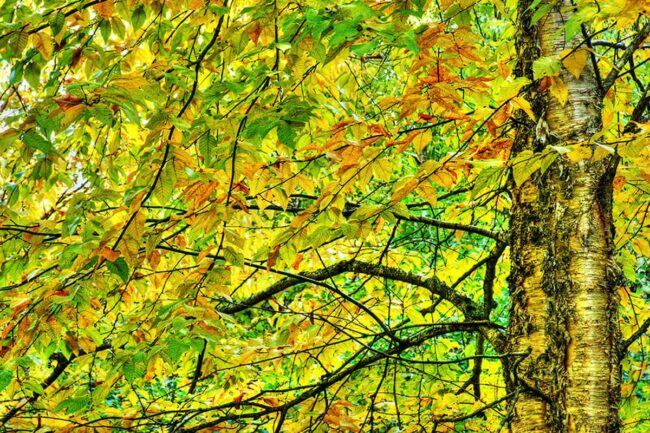
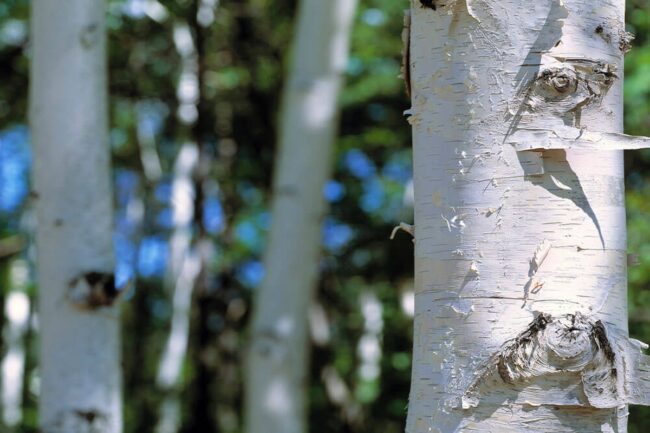
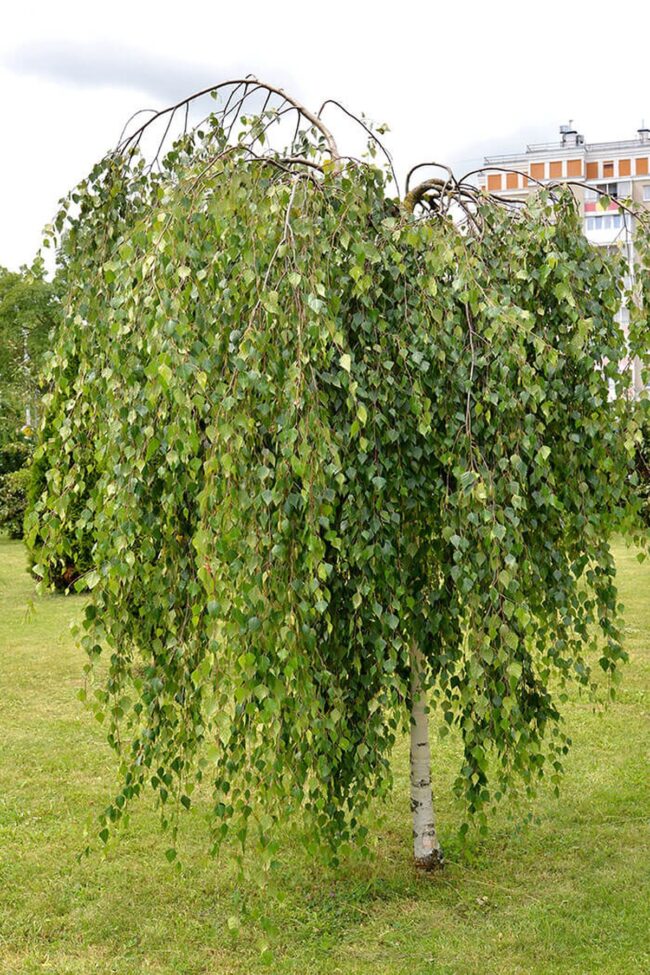
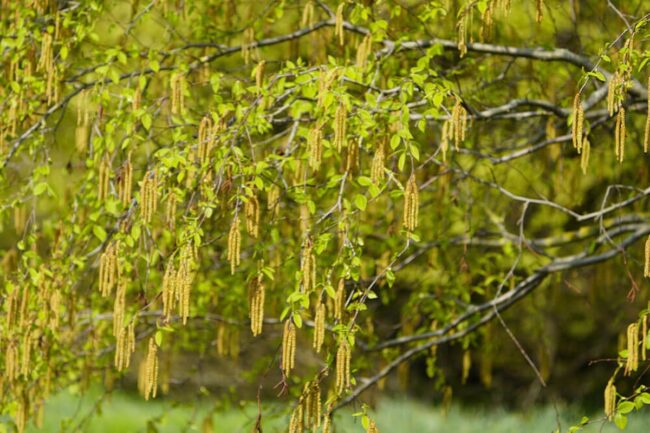
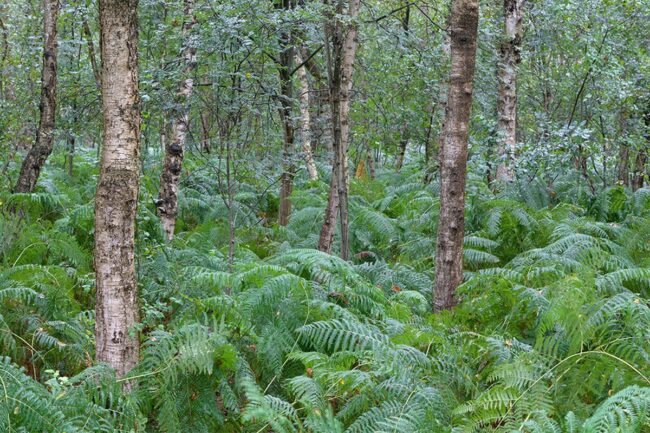
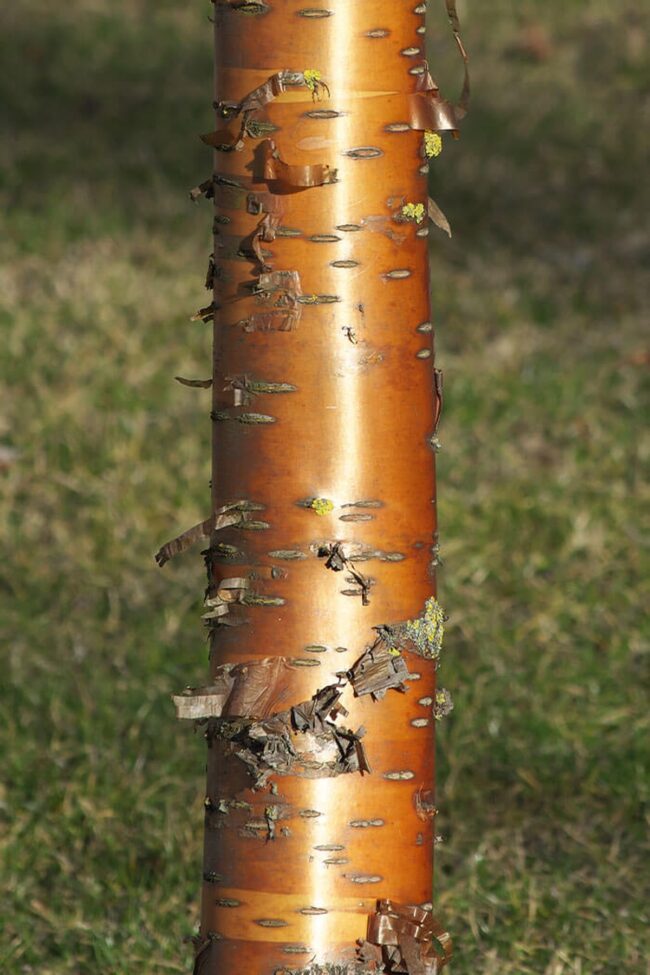
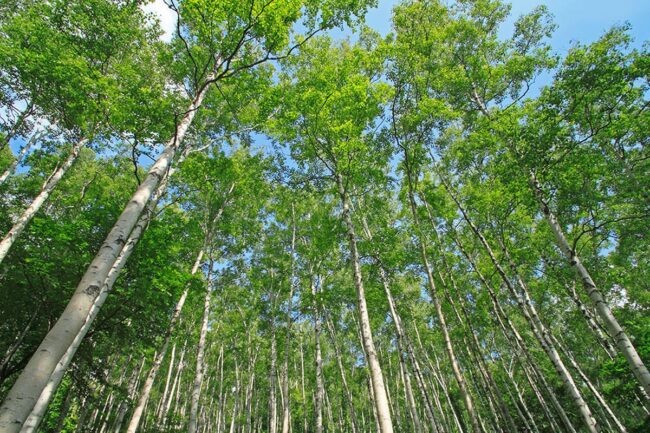
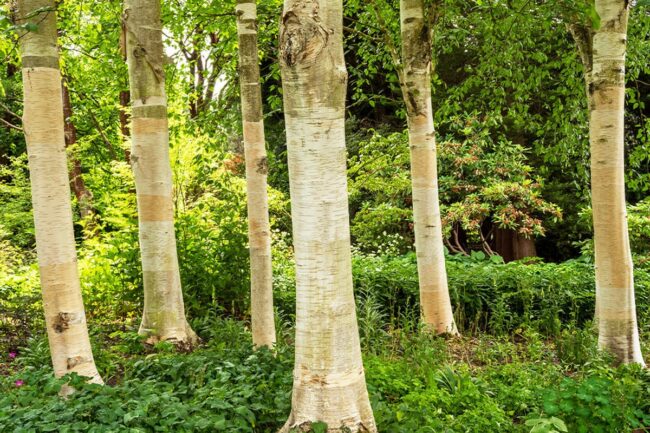
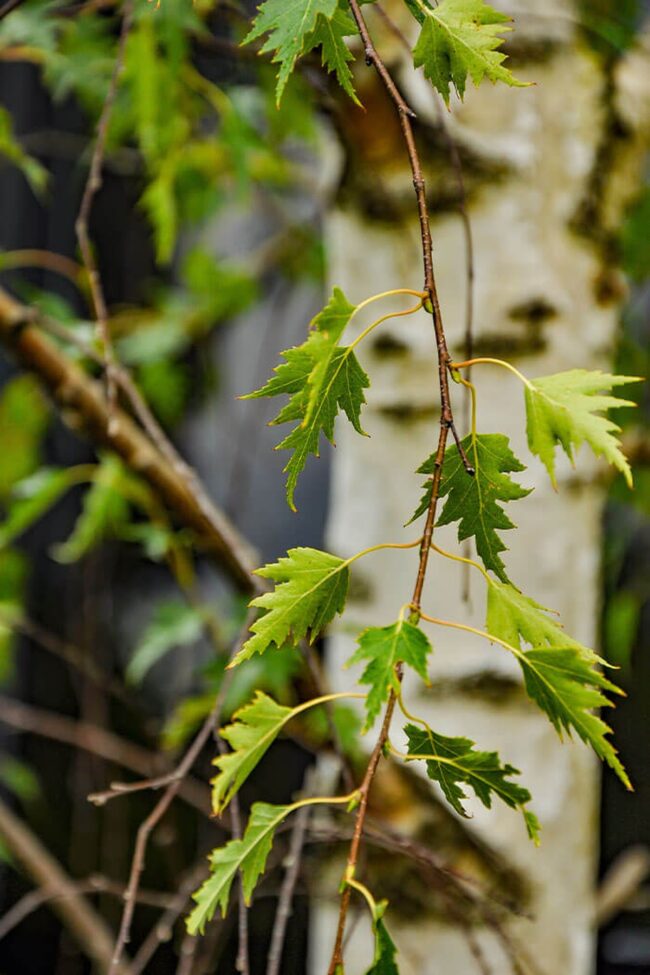
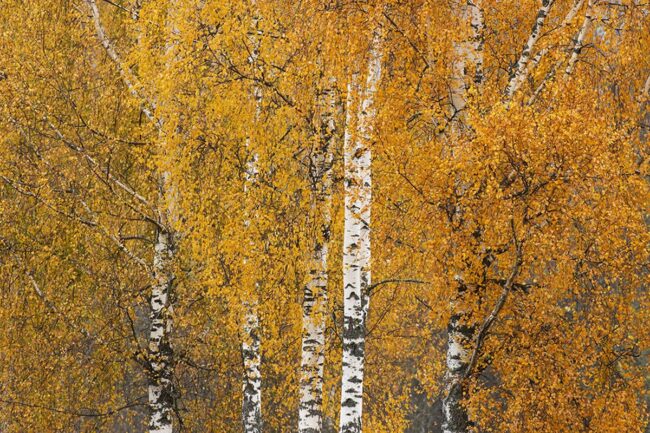
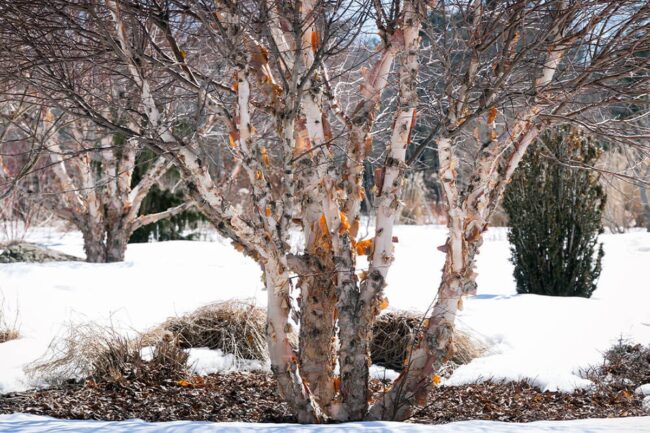
Liam Patel
Senior Editor & DIY Craftsman
Expertise
DIY home decor, interior design, budget-friendly styling, sustainable upcycling, creative crafting, editorial writing
Education
Pratt Institute, Brooklyn, NY
Liam Patel is the Senior Editor at Archeworks.org, where he shares creative DIY and home decor ideas. With a degree in Interior Design and years of experience in home styling, Liam focuses on easy, budget-friendly projects that make spaces personal and beautiful.
Liam’s tutorials, styling tips, and affordable solutions help readers design homes they love. He believes decorating is about self-expression and encourages everyone to embrace the joy of creating.